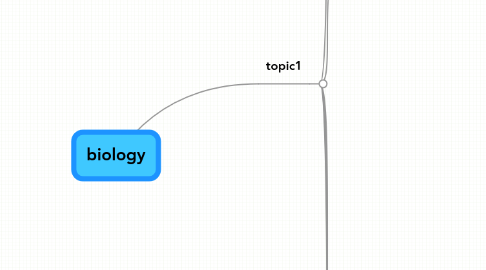
1. topic1
1.1. microorganisms and food
1.1.1. yogurt production 1) steam clean vessel 2) pasteurise milk. 3) add starter culture of bacteria, then incubated in a fermenter. 4) bacteria ferment lactose sugar to form lactic acid=causes milk to clot and solidify into yogurt. 5) flavours and colours sometimes added, then packaged
1.1.2. soy sauce 1) cooked soybeans and roasted wheat are mixed 2) fermented by aspergillus niger 3) then fermented by yeast 4) fermented by lactobacillus 5) filtered 6) bottled
1.1.3. functional food health benifits
1.1.3.1. plant stanol esters 1) chemicals that can lower blood cholesterol + reduce risk of heart disease. 2) can be added to spreads and dairy products 3) occur naturally in plants but in small quantities, commercially produced by using bacteria to convert sterols into stanols
1.1.3.2. prebiotics 1) non-digestible carbohydrates promote bacteria in the gut. 2) occur naturally, can be taken as supplements
1.1.4. microbial products
1.1.4.1. enzymes - biological catalyst
1.1.4.1.1. invertase - sweets - converts sucrose into glucose and fructose
1.2. diet and obesity
1.2.1. nutrience
1.2.1.1. carbohydrates - provides energy - complex and non complex
1.2.1.2. fats - provides energy, energy store, insulation, form cell membranes and steroid hormones
1.2.1.3. proteins - needed for growth and tissue repair, provides energy in emergencies.
1.2.1.4. vitamins - vitamin c for healthy connective tissue
1.2.1.5. minerals - iron - make hemoglobin
1.2.1.6. water - need constant supply
1.2.2. unbalanced diet
1.2.2.1. protein deficiency- kwashiokor, problem in developing countries
1.2.2.2. vitamin deficiency - scurvy, vitamin c
1.2.2.3. mineral deficiency - lack of iron = anemia
1.2.3. obesity
1.2.3.1. 20% or more over recommended body weight
1.2.3.2. too many sugary/fatty foods and lack of exercise are main causes
1.2.3.3. under active thyroid gland
1.2.3.4. increase risk of
1.2.3.4.1. diabetes
1.2.3.4.2. arthritis
1.2.3.4.3. high blood pressure
1.2.3.4.4. coronary heart disease
1.3. genetically modified plants
1.3.1. New node
1.4. new treatment-drugs
1.4.1. asprin
1.4.2. taxol
1.4.2.1. anti-cancer drug
1.4.2.2. from the bark of the pacific Yew tree
1.4.3. quinine
1.4.3.1. from the Cinchona tree
1.4.3.2. treatment against maleria
1.4.4. artemisinin
1.4.4.1. anti-malerial drug, from artemisia annua
1.4.5. drug development
1.4.5.1. exppensive, hav patent toget bak more to cover the research costs
1.5. new treatment-using genetics
1.5.1. future, possible totailor genes to aspecific person
1.5.1.1. to reduce sideeffects?
1.5.2. identifing genesand what they do can help tosee how a disease is caused.
1.5.3. G.M orgnisms
1.5.3.1. genetically engineer microorganisms to produce proteins(insuin)
1.5.3.1.1. + other protins
1.5.3.1.2. don't tohave to get the protein from pigs and cows. less animal rights
1.5.3.2. cheaper,easier, produce inlarge amounts andthe proteeins arehumanform = less likely to be rejeted
